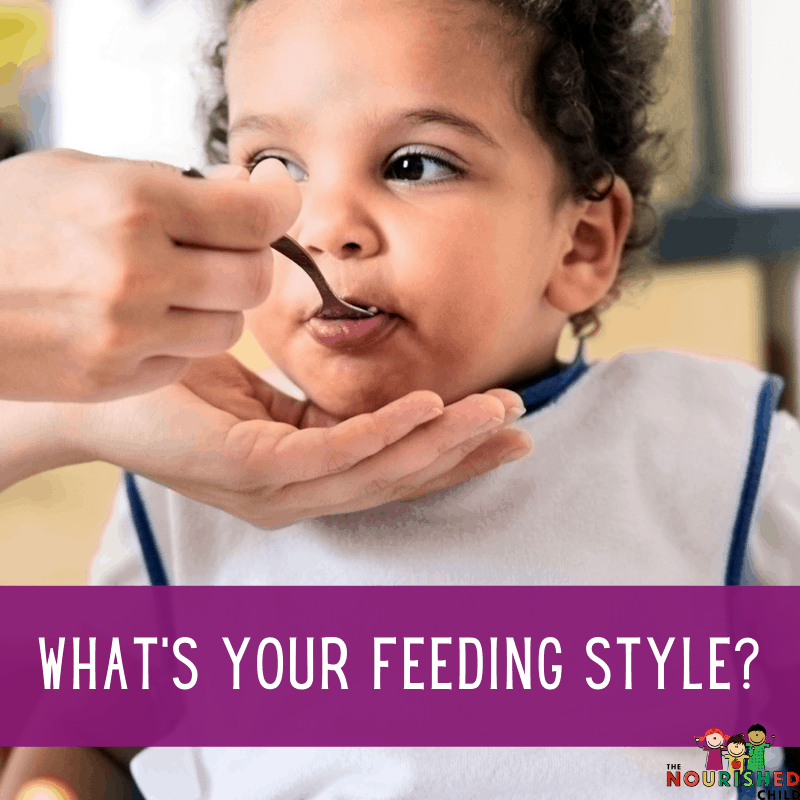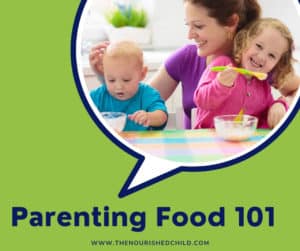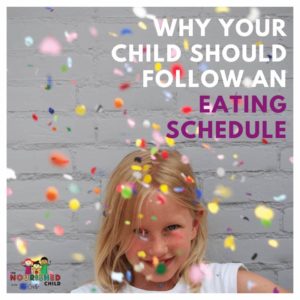Child Appetite Traits: From Avid Eater to Fussy with Food
February 23, 2024
Learn about your child’s inherited appetite traits and how these may affect their eating behaviors and health.
Why do some children always seem interested in eating? While others could care less? Why are some kids more fussy about food, and others have little discretion about what or how much they eat?
There are a lot of factors and individual differences that affect how children react to and interact with food. One reason is genetically inherited appetite traits and how these influence children’s eating.
It turns out that children (and I suspect all of us) have a predisposition to react to food in ways that are innate, or hard-wired from birth and early childhood. Appetite traits may explain a child’s approach to food, including why they seem more attracted to, or tempted by, food.
Or, why they’re less interested in food, or sensitive to feeling full.
In this article, I’m reviewing children’s appetitive traits, including the different approaches to food you may see from your child with regard to food and how these may affect their eating behaviors and food intake.

What are Appetite Traits?
There are 8 appetite traits. They are broken down into two categories: Food approach traits and food avoidance traits.
These appetitive traits describe one’s inherent sensitivity or reaction to food, including its characteristics and the context in which food is encountered.
Let’s review them.
Food Approach Traits
There are four food approach traits in children and they include food responsiveness, enjoyment of food, emotional overeating and desire to drink. Let’s break them down.
Food Responsiveness
A child’s tendency to want to eat when prompted by palatable foods. (Even if your child is full they find room for their favorite food.)
Enjoyment of Food
The subjective reward experienced while eating. (Your child looks forward to, and enjoys eating.)
Emotional Overeating
The tendency to overeat in response to negative emotions. (Child eats more when worried or sad.)
Desire to Drink
A child’s tendency to want, and to consume beverages, especially sweetened drinks. (Child always thirsty.)
Food Avoidance Traits
There are four food avoidance traits in children, including satiety responsiveness, slowness in eating, emotional undereating, and food fussiness. Let’s review what these mean.
Satiety Responsiveness
A child’s fullness threshold. (Child gets full before their meal is finished.)
Slowness in Eating
The pace with which a child finishes a meal. (Child takes more than 30 minutes to finish a meal.)
Emotional Undereating
A child’s tendency to eat less when worried or upset. (Child loses appetite when sad, nervous, or scared.)
Food Fussiness
The tendency for a child to be highly selective about what they will agree to eat. This includes both refusing to try unfamiliar foods, called neophobia, and pickiness about the textures and tastes of familiar foods.

How Food Approach May Affect Eating
Scientists have been studying food approach, especially in infants and young children, for quite some time. In these longitudinal studies, a Child Eating Behavior Questionnaire (CEBQ) is used to measure typical eating behaviors in the home.
Because young children aren’t influenced by social media, diet culture, nor are they usually following restrictive diets, these behavior questionnaires have shown good reliability and have tracked predictably from early to late childhood, showing stable appetite traits that persist over development.
For example, the Gemini twin birth study conducted by Jane Wardle and her team looked at appetite traits in 2,400 twins born in England and Whales in 2007. Parents were asked to describe their babies eating behavior during the first 3 months of life while they were exclusively milk-fed.
Parents were asked to rate them on 4 sub-scales of eating, including enjoyment of food, food responsiveness, slowness in eating, and satiety responsiveness.
Researchers found the likelihood to inherit a genetic trait for slowness in eating and satiety responsiveness was high, and to inherit the gene for food responsiveness and enjoyment of food was moderate.
Interestingly, higher scores in the areas of food responsiveness and enjoyment of eating indicated a more avid appetite, while high scores for slowness in eating and satiety responsiveness seem to indicate better appetite control. They found food fussiness to be protective against excess body weight gain.
Some of these outcomes were linked to child adiposity (body fat) and body mass index (BMI). Researchers have been curious to know how these appetitive traits might affect the development of obesity in children, specifically their tendency to gain extra body fat or not.
“Individuals who are genetically predisposed to be highly responsive to food cues are more likely to overeat in an environment in which food cues pervade every aspect of daily living. Those predisposed to weaker satiety signals are more likely to overeat in response to larger portion sizes and multiple opportunities to eat.”
Llewellyn and Fildes in Behavioral Susceptibility Theory: Professor Jane Wardle and the Role of Appetite in Genetic Risk of Obesity

What’s Your Child’s Approach to Food?
When I speak with my clients about how their child behaves around food, they often share statements like:
- They get so excited by, and highly motivated about food
- My child is always preoccupied with treats
- They always ask about when it’s time to eat or what we’re eating
- I’m afraid my child has emotional eating
- My kid could care less about eating
- They’re so fussy (picky) about food
Often, parents can see their child’s tendencies around food, especially palatable food. And sadly, they sometimes think it’s their fault, or worse, something their child is doing intentionally.
We live in a food centric environment, where food is advertised, marketed and readily available to most of us. Not everyone is sensitive to these environmental influences, nor do they succumb to these food cues with higher food consumption, but for some children with food approach traits, it may affect their eating behavior.
But even within the same family, there can be striking differences between the size of siblings living in the same household. Some of this may be related to their appetitive characteristics, like high responsiveness to food (the avid eater) or a higher satiety responsiveness, demonstrated by a slower pace of eating (the disinterested or fussy eater).

Why Knowing about Your Child’s Appetite Traits is Helpful
You child’s appetite traits and approach to food are hard-wired. But that doesn’t mean there’s nothing to do about it. You can set your child up for success no matter their inherent appetite tendencies.
But knowing about appetite traits may give you clues as to whether your child has a tendency for, or higher risk of, overeating, under-eating, or eating just the right amount.
Of course, there’s more to the story about why kids’ react and interact with food the way they do, including what is available to them, other biological factors, environmental factors, parental feeding practices, levels of physical activity, and developmental stage – and probably more!
Eating is complex, but if you can begin to appreciate your child’s appetite traits and understand their food approach tendencies, it may help you support them better while encouraging better self-regulation of their eating.
Are you building healthy habits so your child can thrive, inside and out? Take my Healthy Habits Quiz and find out!










